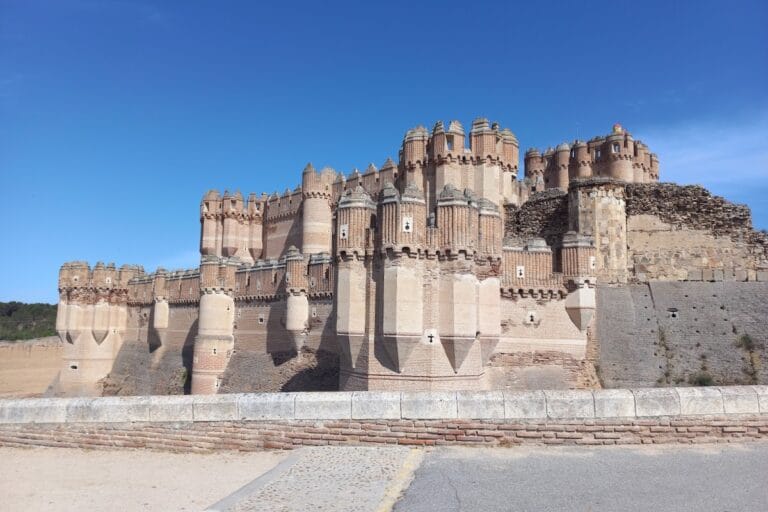Arévalo Castle: A Historic Fortress in Spain
Visitor Information
Google Rating: 4.4
Popularity: Medium
Google Maps: View on Google Maps
Official Website: www.fega.gob.es
Country: Spain
Civilization: Unclassified
Remains: Military
History
Arévalo Castle is a fortress located in the town of Arévalo, Spain. Its origins trace back to a castle existing before the mid-14th century, built during the medieval period within the Christian kingdoms that shaped the Iberian Peninsula.
During the 14th century, the castle was part of the royal domain and served important political and military roles. It functioned notably as a place of confinement for prominent figures including Queen Blanca of Bourbon, wife of King Pedro I of Castile, and other high-ranking nobles such as Fadrique Enríquez and Pedro Téllez-Girón. Ownership passed through key nobility, including the influential Constable Álvaro de Luna, before returning to the crown in 1476.
In the latter half of the 15th century, Álvaro de Zúñiga, Duke of Béjar, undertook a major reconstruction of the castle. This period saw the fortress transformed into a stronghold befitting its strategic importance. Early in the 16th century, under the reign of the Catholic Monarchs, further modifications altered the fortress’s original square design into an irregular pentagonal form, reflecting evolving defensive needs.
Throughout the 16th century, Arévalo Castle was increasingly used as a prison. It held notable prisoners including Juan Palafox y Mendoza and Philip William of Orange-Nassau during the rule of Felipe IV. The castle faced damage during the turbulent War of Spanish Succession and the Peninsular War. In the 19th century, its military use declined, leading to its repurposing as a cemetery and quarry, which contributed to its deterioration.
In the mid-20th century, the castle entered a new phase when it was transferred to the National Wheat Service. It was adapted to serve as a grain silo with a capacity exceeding one thousand tons. Today, it remains state-owned, reflecting these layers of use from medieval fortress and royal prison to agricultural storage.
Remains
Arévalo Castle stands on a plateau at the junction of two rivers, which historically provided natural defenses. Its layout is an irregular pentagon comprising two adjoining sections—one shaped like a rectangle and the other triangular. The fortress is distinguished by small circular towers capping nearly all corners, except for the main keep, which occupies one corner and rises above the rest.
The massive semicircular keep dominates the castle and was constructed primarily from finely cut ashlar stone. This tower rests on the foundations of an earlier Mudéjar-style tower, a style that blends Christian and Islamic architectural influences. The keep’s 16th-century parapet with defensive openings was removed during restoration efforts. Brickwork, introduced during later repairs, partially obscures a smaller fifth tower, reflecting changes over time.
The castle’s defensive walls combine sturdy lower sections of reused ashlar blocks, likely taken from the earlier castle, with upper levels built from local brick. Along these walls run blind machicolations—openings built into the parapet used to drop projectiles on attackers—which bear resemblance to those seen at the Castle of Coca, suggesting a shared architectural influence or designer. Sentry boxes for lookouts also appear on the ramparts.
Originally, a moat protected the side facing the town, complementing ground-level openings designed for cannon fire, illustrating advances in military technology. The fortress walls once linked with now-lost town fortifications, forming a more extensive defensive system. Despite damage and alterations from conflicts and later quarrying, significant portions of the castle remain, preserving its complex defensive character.
Within the castle grounds, the keep now houses a small museum dedicated to cereal production, reflecting the site’s recent agricultural use. The surviving structures offer a layered glimpse into its multifaceted history as a royal stronghold, prison, and grain storage facility.










